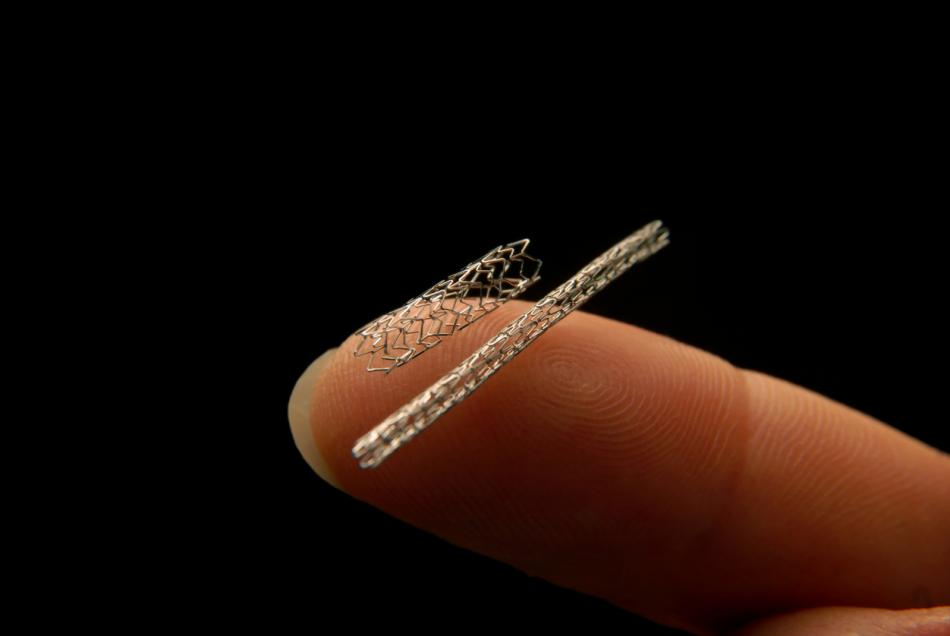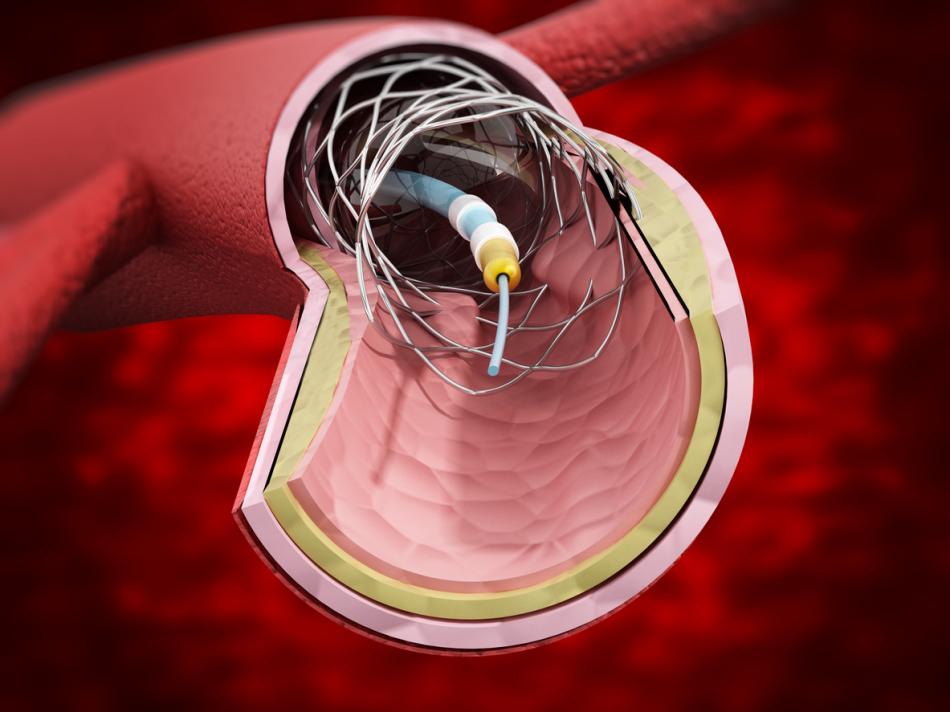What is coronary stent implantation?
Coronary stent implantation is also known as coronary angioplasty or percutaneous coronary intervention (PCI). It is a well established minimally-invasive procedure to treat heart artery disease. Narrowed heart arteries can be dilated using balloons and a metal scaffold (stent) implanted to keep the artery open.
Why do I need a stent?
Coronary angioplasty has evolved for well over the past 40 years and is now a very effective and safe treatment option of coronary artery disease. It is important to state that coronary stenting is not the only treatment for narrowed heart arteries. In fact, experts around the world believe that the most important treatment of narrowed heart artery is optimal medical therapy first. However, stenting is an important, effective, and safe, treatment when medical therapy fails to control symptom. It is generally accepted that stenting may not prolong life, but recent study showed some evidence that it may reduce future risk of heart attack. An alternative to stenting will be open-heart coronary artery bypass surgery.
How is it done and what can I expect?
You will usually be asked not to eat or drink for 4-6 hours before the proposed procedure. Invasive coronary angiogram will be performed by Dr Chai at Wexham Park Hospital Cardiac Catheterisation Laboratory (Cath Lab). It may be performed as a day-case procedure but sometimes requires overnight stay.
Dr Chai will personally explain each step of the procedure to you, prior to your proposed date of the procedure. It is generally a very safe minimally-invasive procedure in expert hands. Serious complication is rare with around 1% chance of adverse events most commonly minor pain, bruising and bleeding from puncture sites. Since a soft wire will be introduced within the small heart artery, there is a small risk of heart attack, stroke, perforation of the vessels, or mortality.
You will be prepared by a specialist cardiac nurse on the day and a small plastic tube (cannula) pre-inserted into a vein in your arm. Dr Chai will then inject local anaesthetic agent to numb the skin over the access site, mostly commonly your wrist (Dr Chai performs the vast majority of his coronary procedures via the wrist, but rarely he may need to access via the top of the leg). A short plastic tube will then be inserted as a sheath to allow longer plastic tube (catheter) to be inserted directly to the heart. Iodine contrast dye will then be injected directly into the coronary arteries to visualise any potential narrowing using X-ray for full assessment of the coronary vasculature. A soft wire will then be introduced into the artery beyond the narrowing. The narrowed segment of the artery will then be pre-dilated using small balloons, followed by implantation of a metal scaffold (stent) to keep the artery open.
After your angiogram is complete, all the tubes will be removed and an inflatable plastic band will be placed tightly around your wrist (if wrist access was used) for a few hours to stop any bleeding.
What will happen after my stenting?
Dr Chai will discuss the findings of your angiogram with you immediately after the procedure. You can go home after a few hours once the tight wrist band is loosened and removed with bleeding controlled. It is important that you have someone to take you home and stay with you for the first night after the procedure. You should look after the wound at the wrist to facilitate healing and avoid driving for a week.


